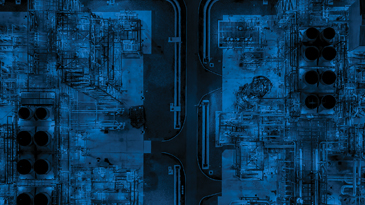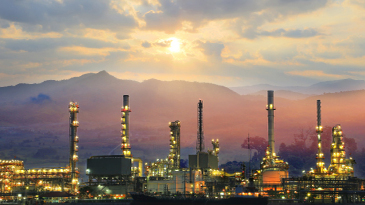Today there are over 8,800 utility scale generating facilities in the United States. Though resident populations continue to grow, the total demand has levelized while the total average price is increasing steadily. However, Power Purchase Agreement pricing is getting lower for each new site as developers continue the race to the bottom. Subsidies for wind and solar are diminishing and will soon be a thing of the past, but these renewable resources are still important assets to the owners and the grid. As subsidies vanish, improving profit and reducing costs has become increasingly important.
Solar photovoltaic facilities represent the largest chunk of the utility generation market with more than 2,400 sites and around 27.5 gigawatts of installed capacity. Based on EIA’s September 2018 Monthly Update, half of this capacity comes from sites that are less than 50 megawatts each. Most of those are in remote locations and do not have a full-time staff on site.
Assets in remote locations can be difficult to access and costly to manage. They require expensive spare parts, readily accessible storage for those parts and on-site maintenance crews. These small on-site crews — sometimes a single person — manage scheduled maintenance but typically don’t solve complicated problems with inverters, converters, transformers, yaw motors, hydraulic failures or gear boxes.
When these challenges occur, unplanned downtime at remote sites stretches on while owners wait for experts to travel on-site to evaluate the problem and make the necessary fixes. If the right tools, up-to-date parts and other necessities aren’t available on-site, the downtime drags on even longer.
Reducing Remote O&M Costs While Maintaining Quality and Reliability
With power plants — specifically wind and solar — producing slim margins, owners must better manage operations and maintenance (O&M) to reduce costs. NREL’s Annual Technology Baseline report predicts that in the next five years, O&M expenses will drop to half the price they are today.
Operators and maintenance providers, who scrape profits together, have concerns about providing cheaper service to meet these lower price points. As we all know, cheaper service comes with potential problems including lower quality parts, uncertified resources and inadequate service.
The path to success calls for a way to reduce O&M costs and minimize unplanned downtime without sacrificing quality or reliability. The NREL report highlights that “O&M cost reductions are likely to be achieved by a transition from manual and reactive O&M to semi-automated and fully automated O&M.” These automated processes need intelligence from machine learning to prescribe the right maintenance at the right time with the right resource.
Prescriptive Analytics Eliminate Unplanned Downtime
Relevant prescriptive analytics solutions like Mtell® allow operators to manage remote O&M with confidence. Knowledge that a failure will occur days, weeks or months in advance enables preemptive preparation. Scheduling the expert resource, proper parts and adequate tools for remote sites in advance, rather than rounding them up for an unplanned trip in the middle of the night, reduces costs.
Prescriptive guidance allows operators to prioritize maintenance tasks. Effectively removing the looming issues and ghosts in the machine, tools like Mtell allow optimal use of resources, better parts management and most important, an increase in capacity factors and performance ratios.
To learn how other industries can learn from combined cycle power plants, check out our recent white paper Optimizing Efficiency and Profit: Lessons for Combined Cycle Power Plants from Other Industries.






Leave A Comment